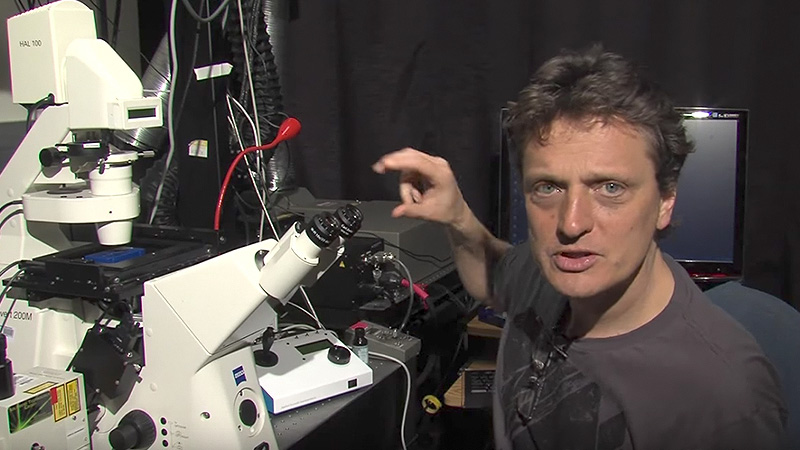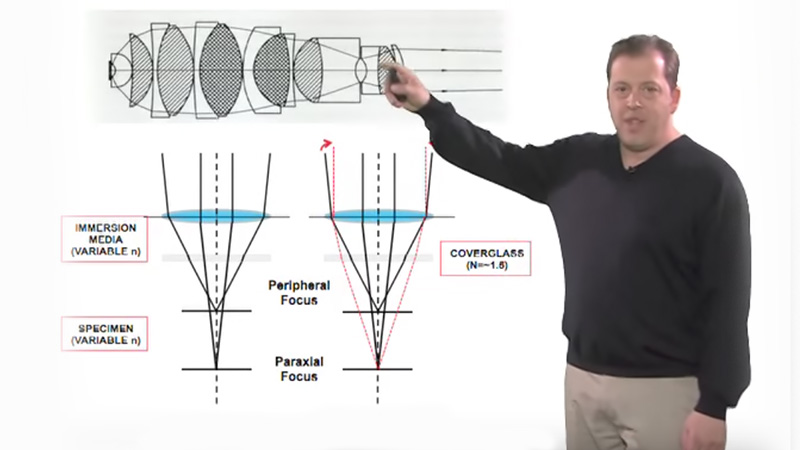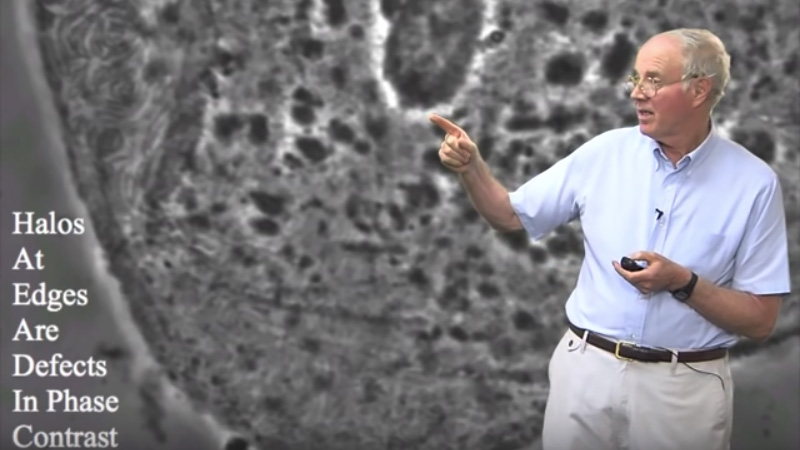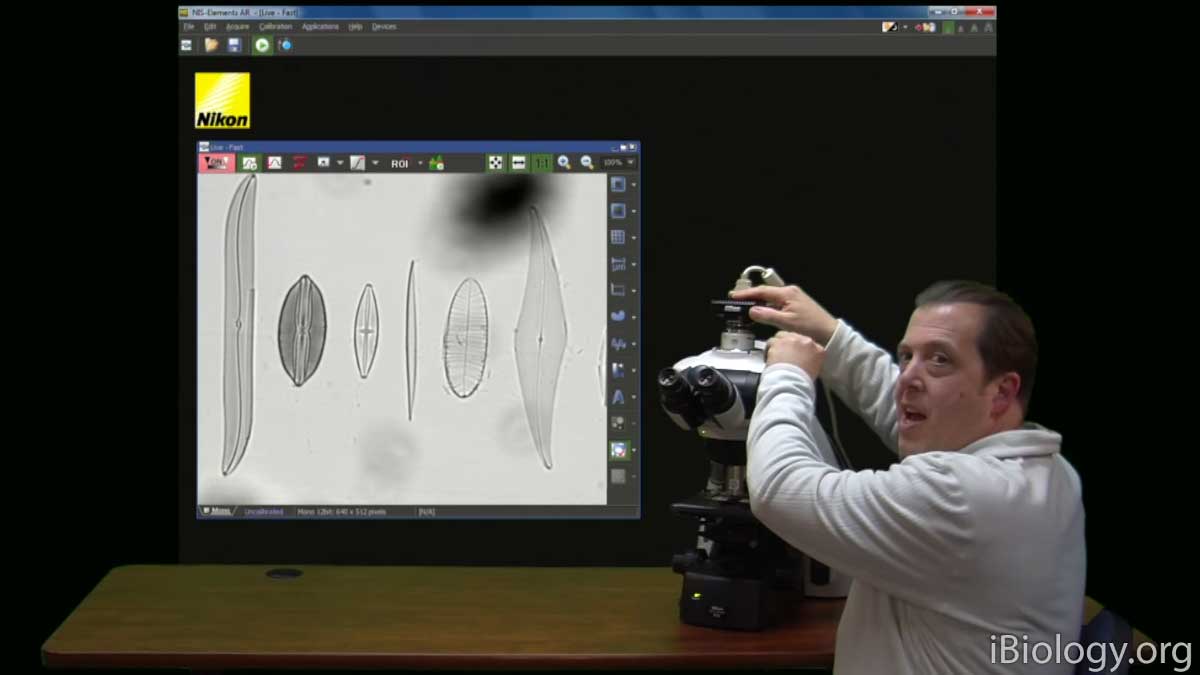Talk Overview
Most light sources under the sun (sun included) can be used in microscopy. In this talk about light sources for microscopy, Nico Stuurman shows a few examples of light sources that are currently used in microscopes, including Halogen lamps, Metal Halide burners, LEDs, and lasers.
Speaker Bio
Nico Stuurman

Nico Stuurman is a Research Specialist at the University of California, San Francisco, in the lab of Ron Vale. Nico combines his expertise in computer programming and microscopy to advance many projects including the Open Source software, Micro-Manager. Continue Reading








Linda says
What do you think that Is a light microscope better than a conventional one?